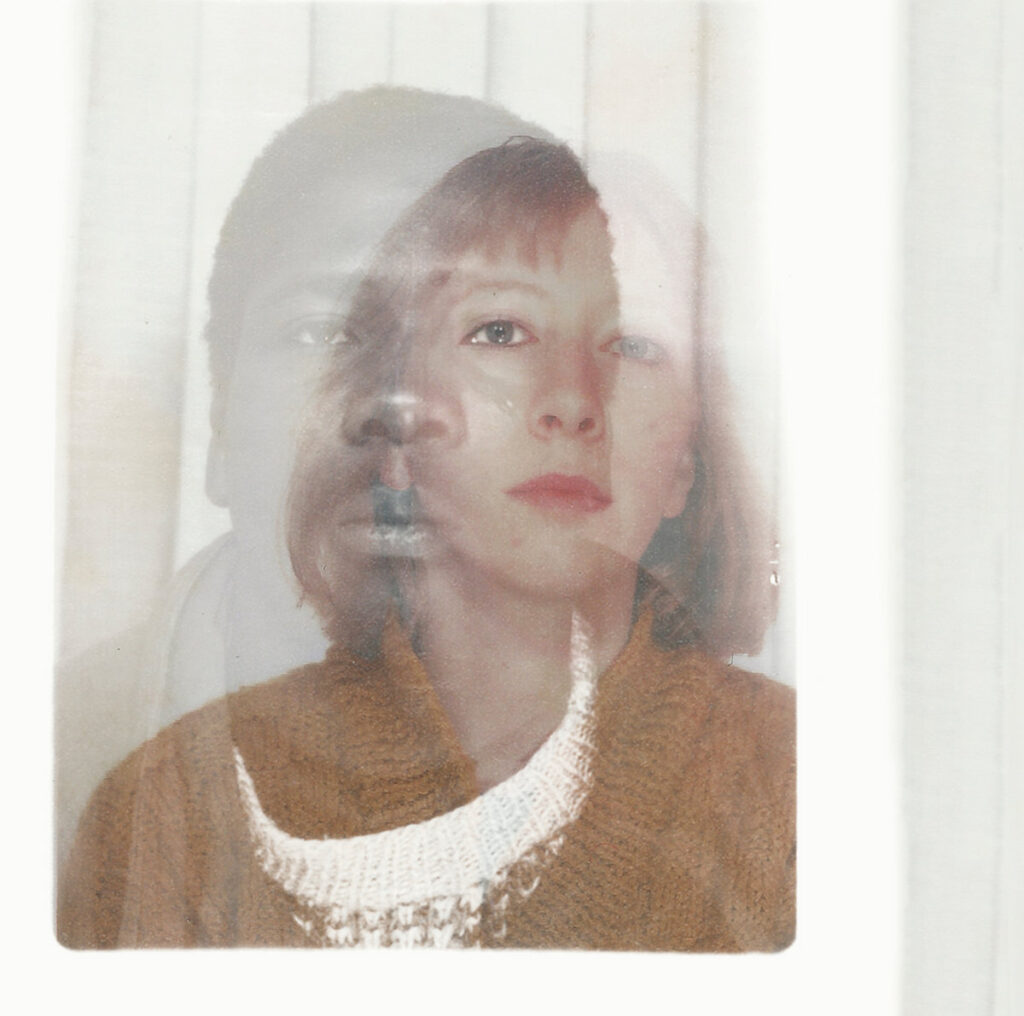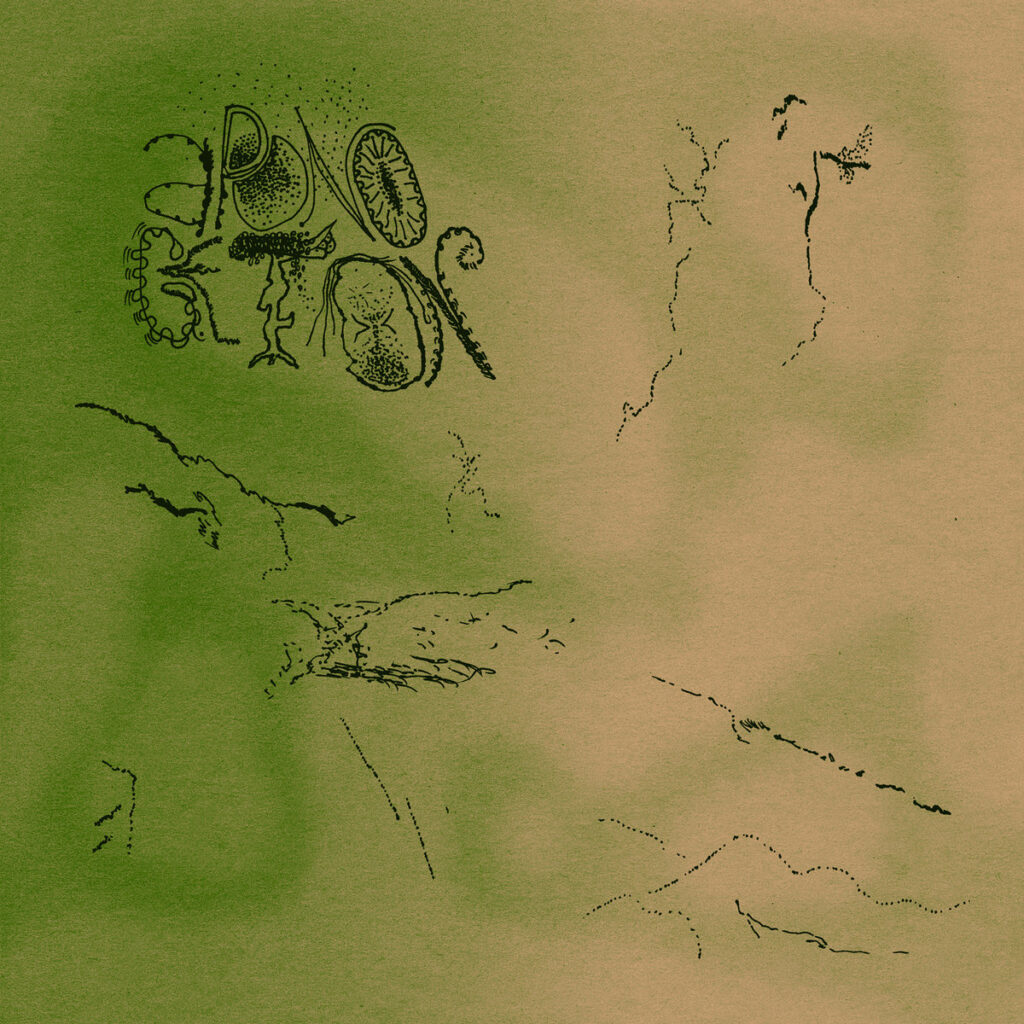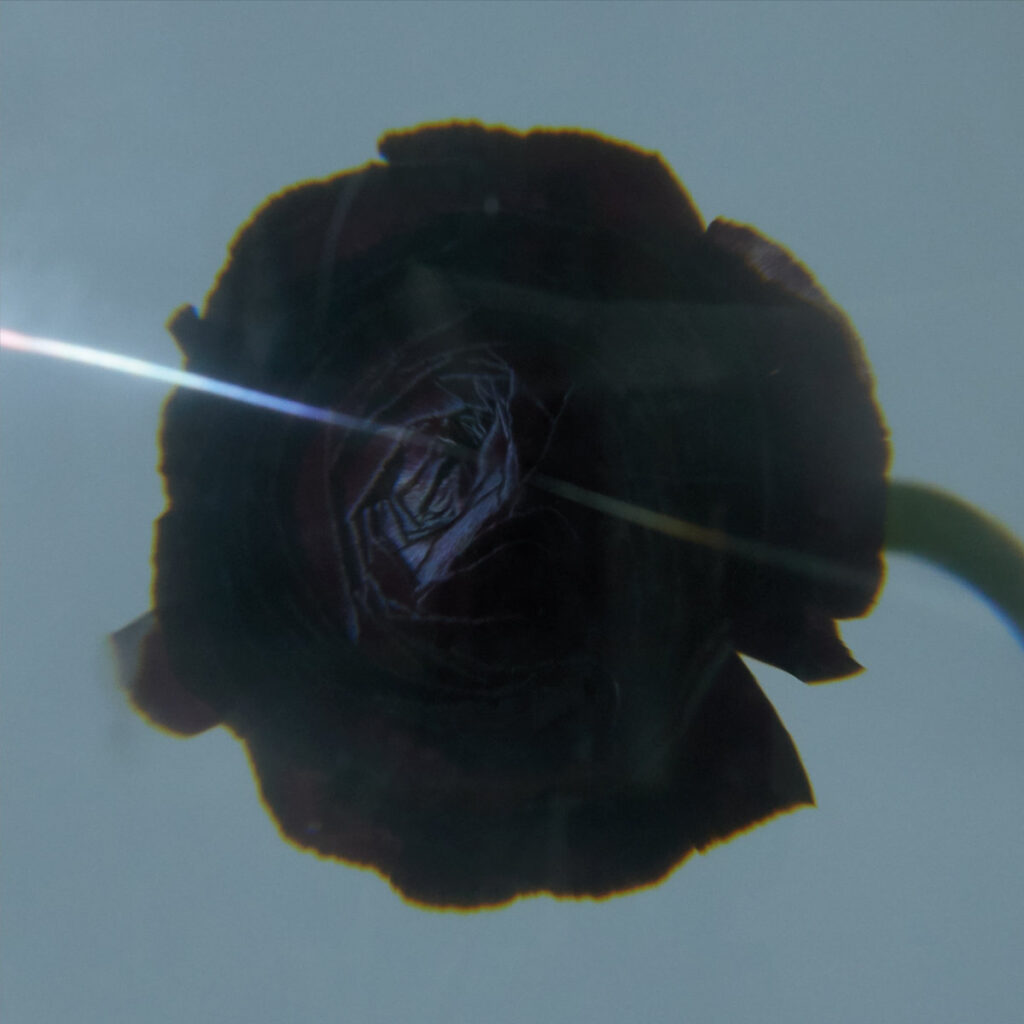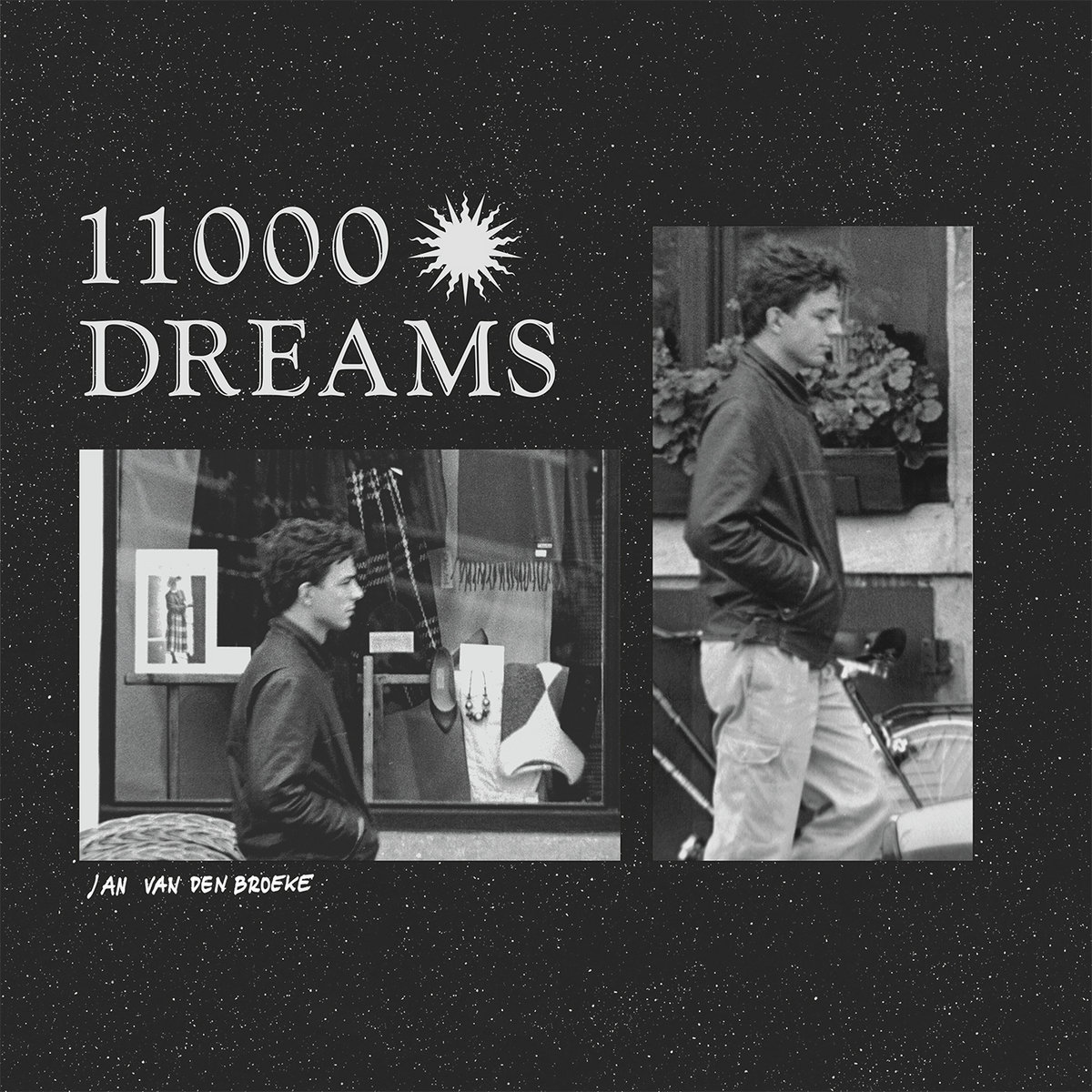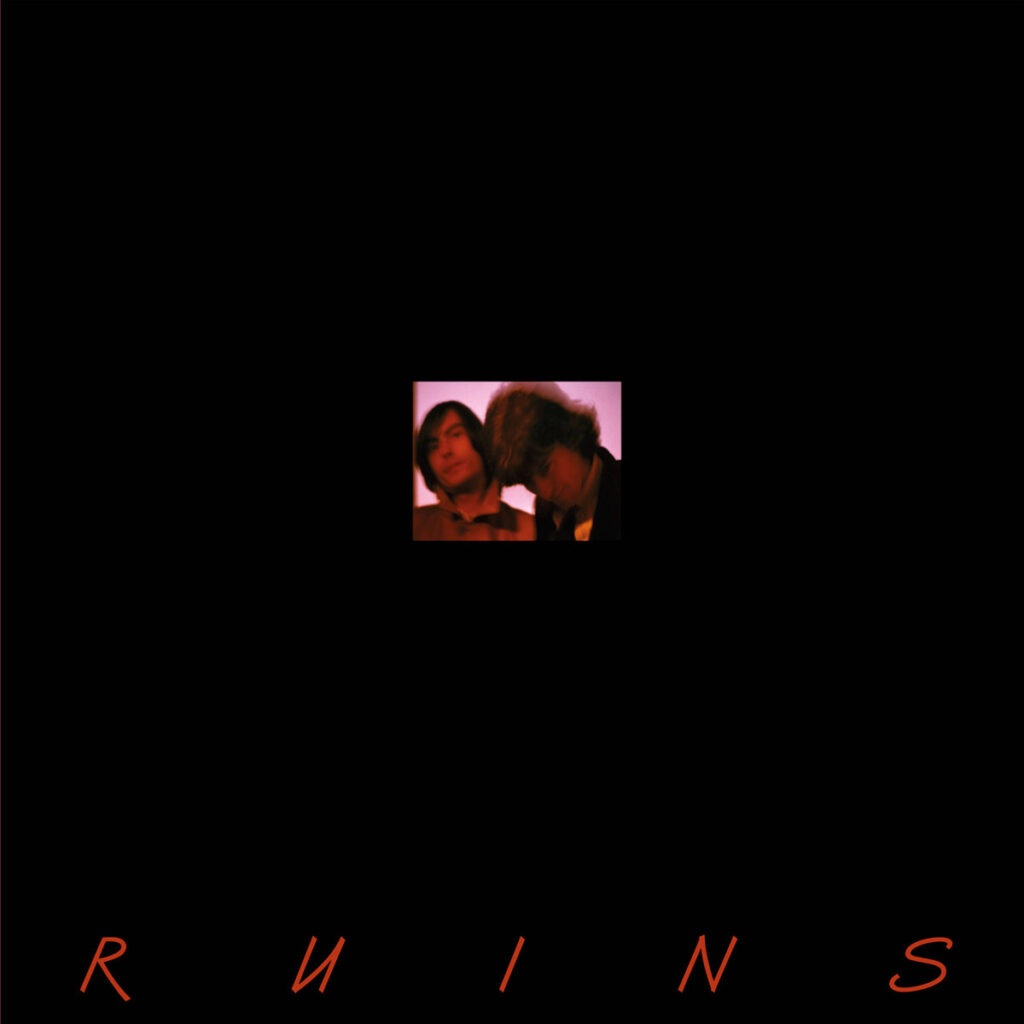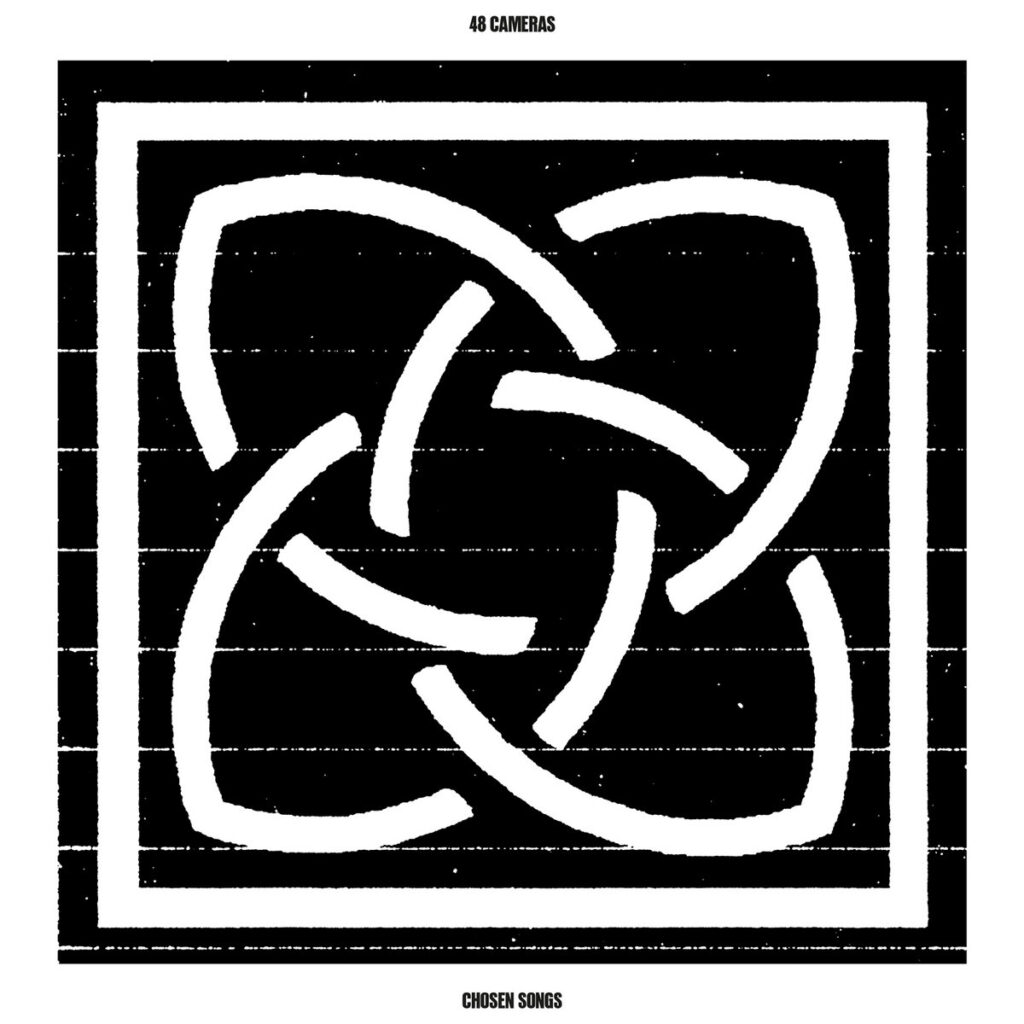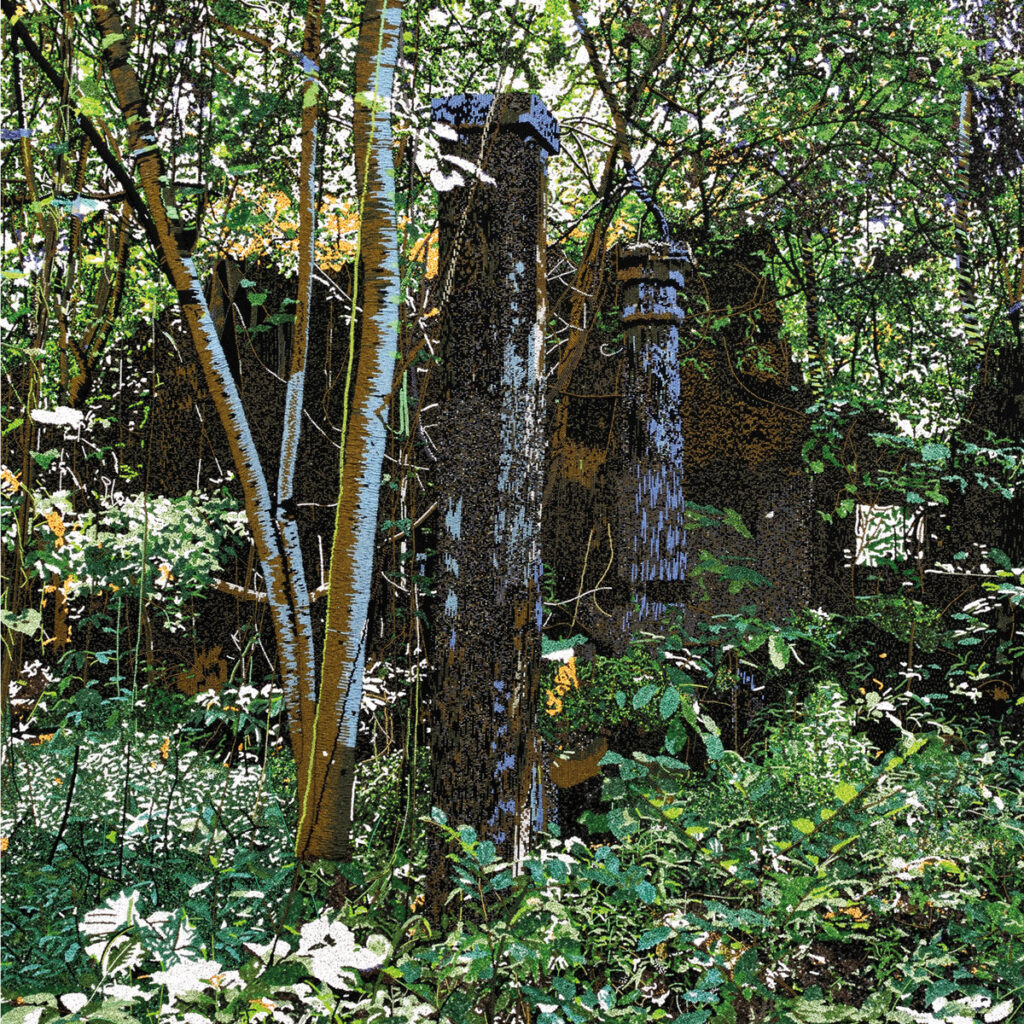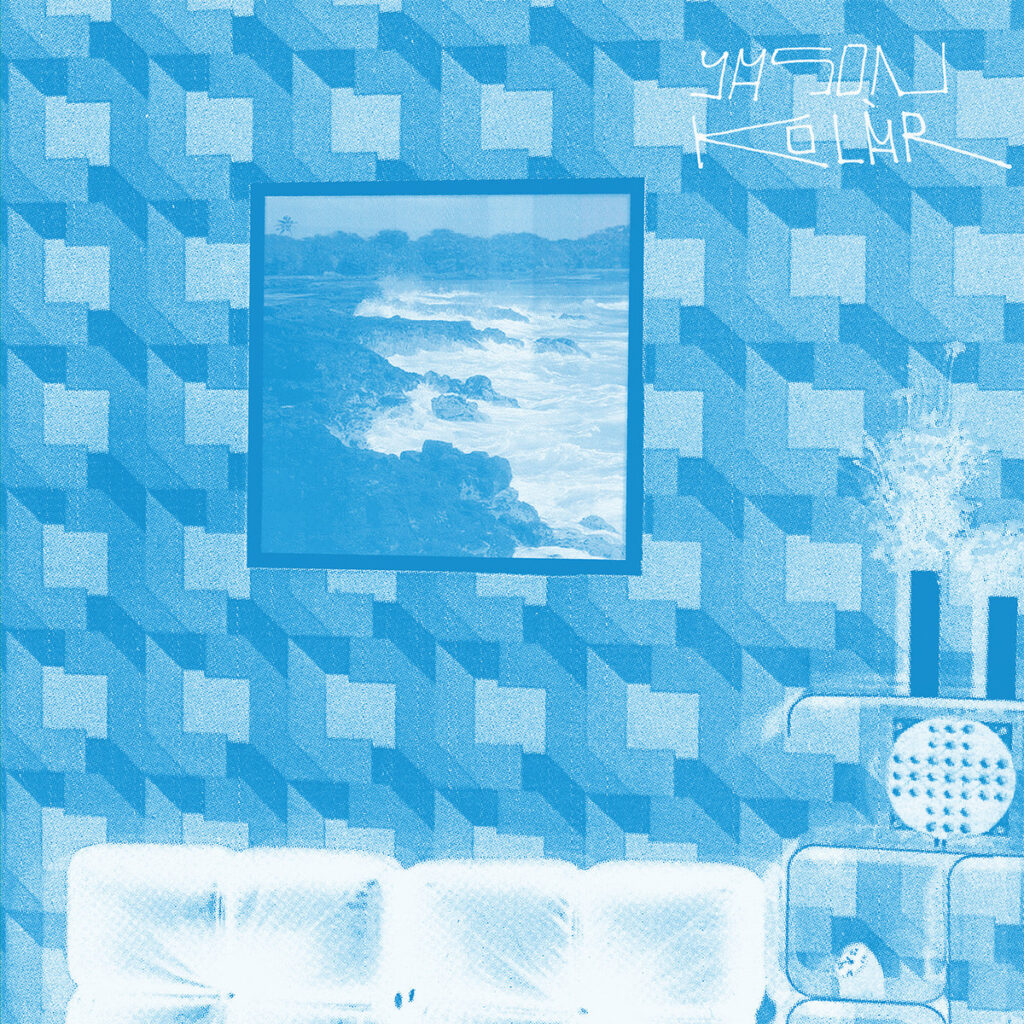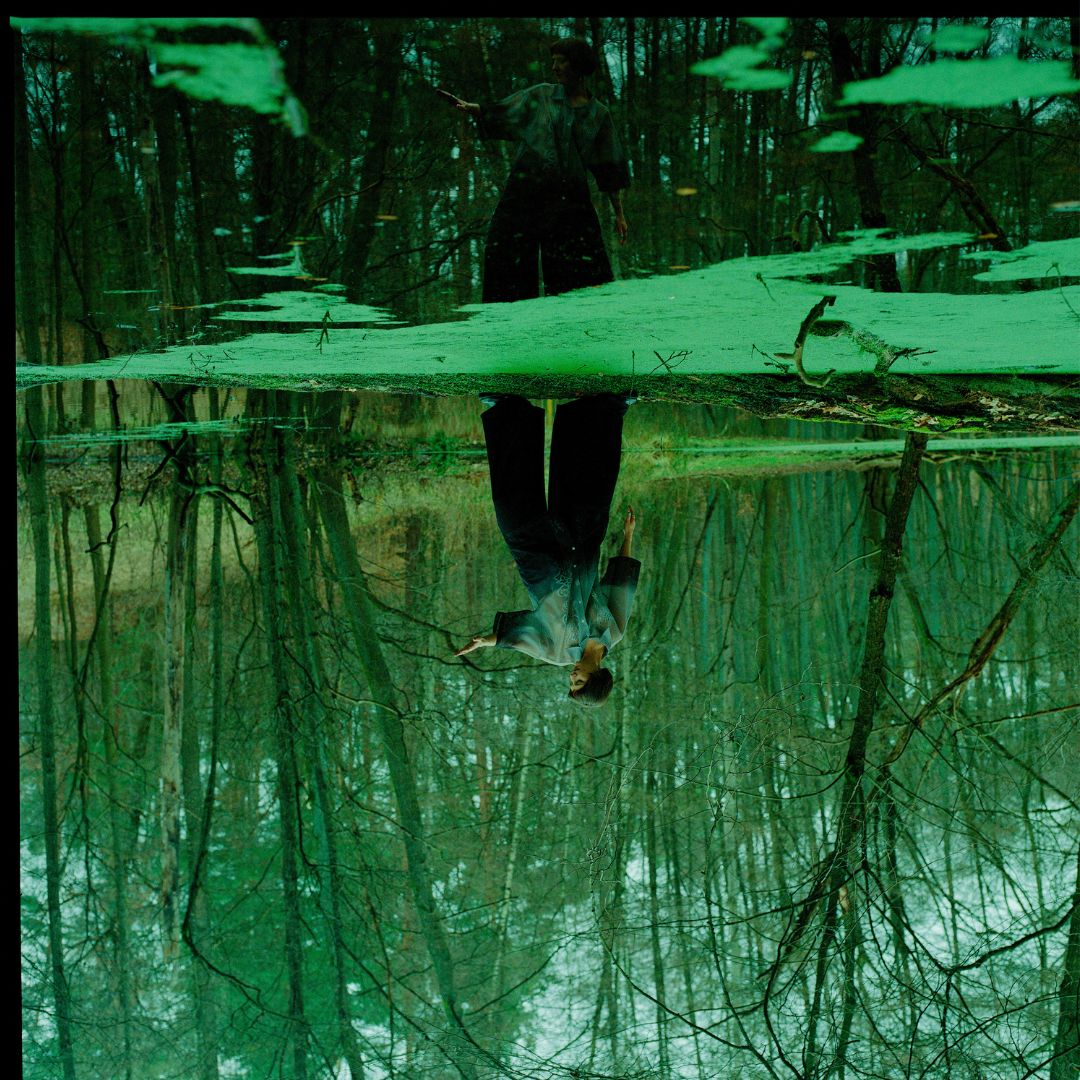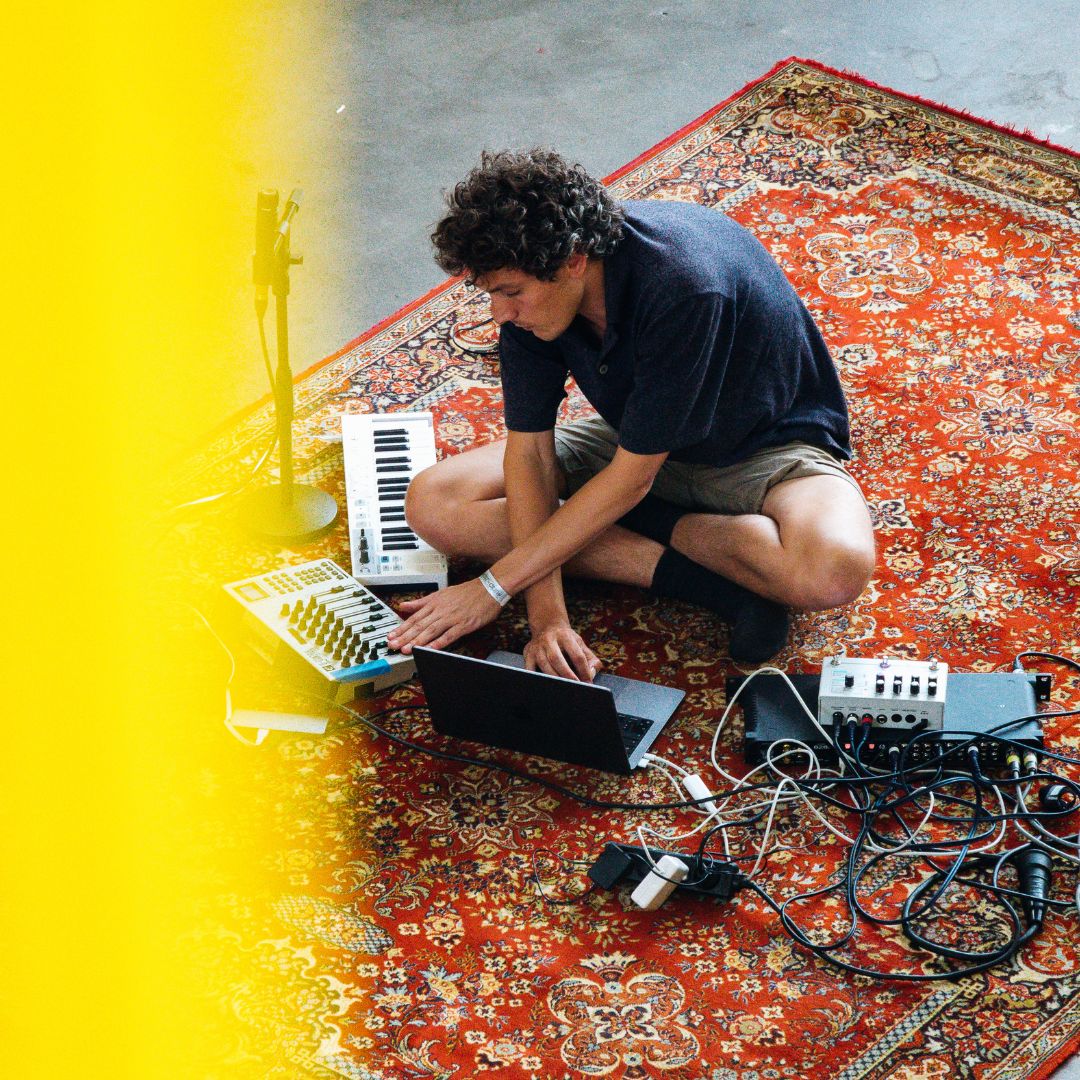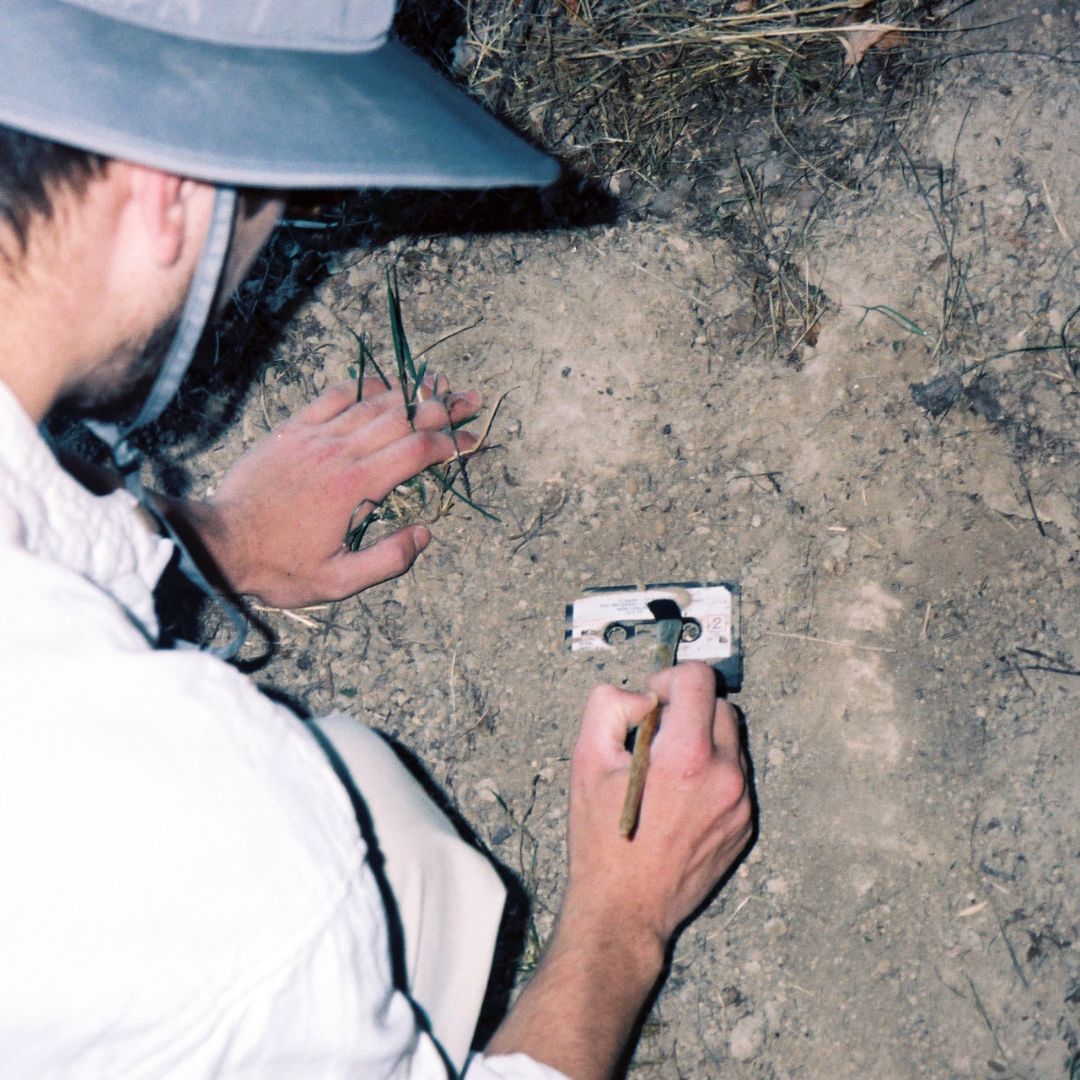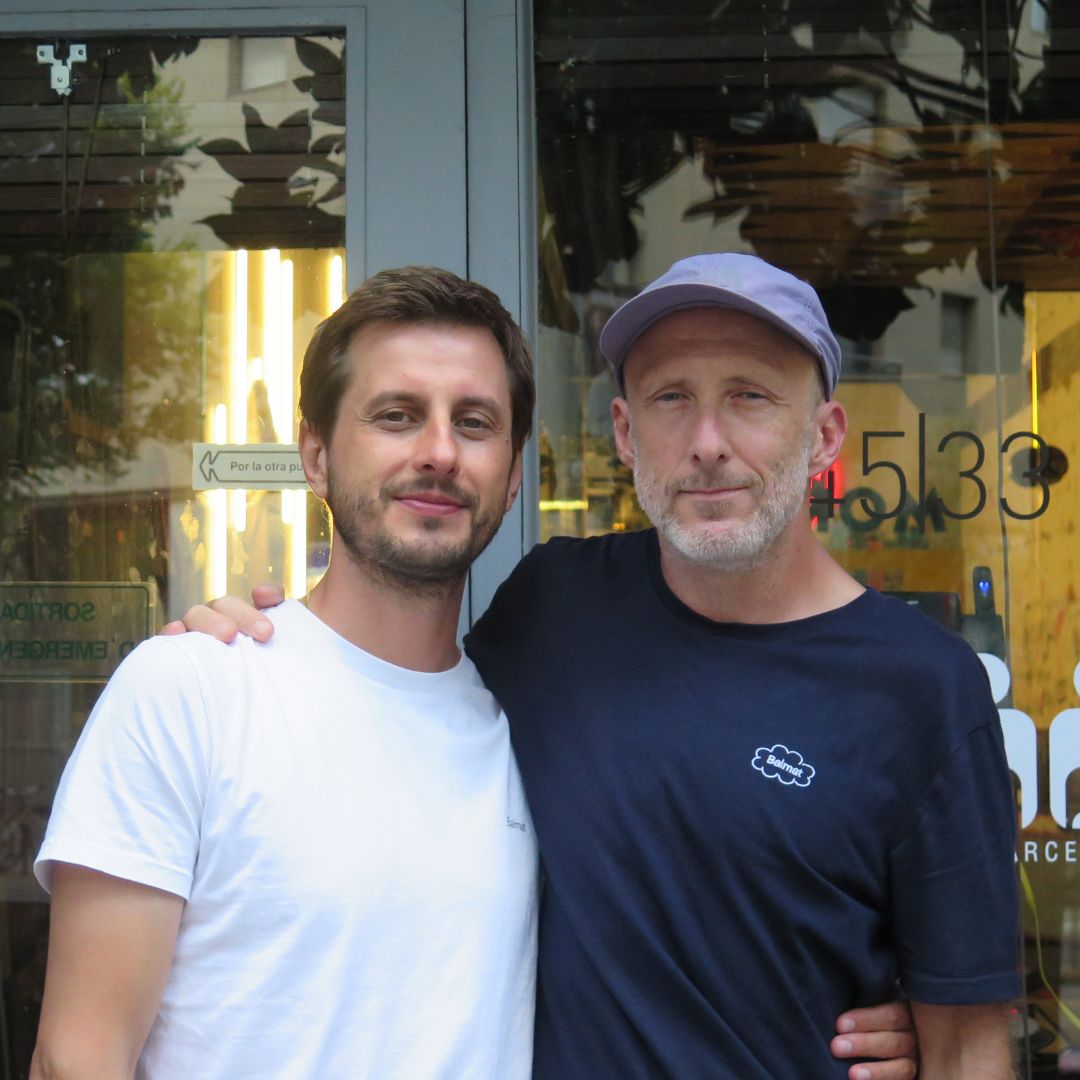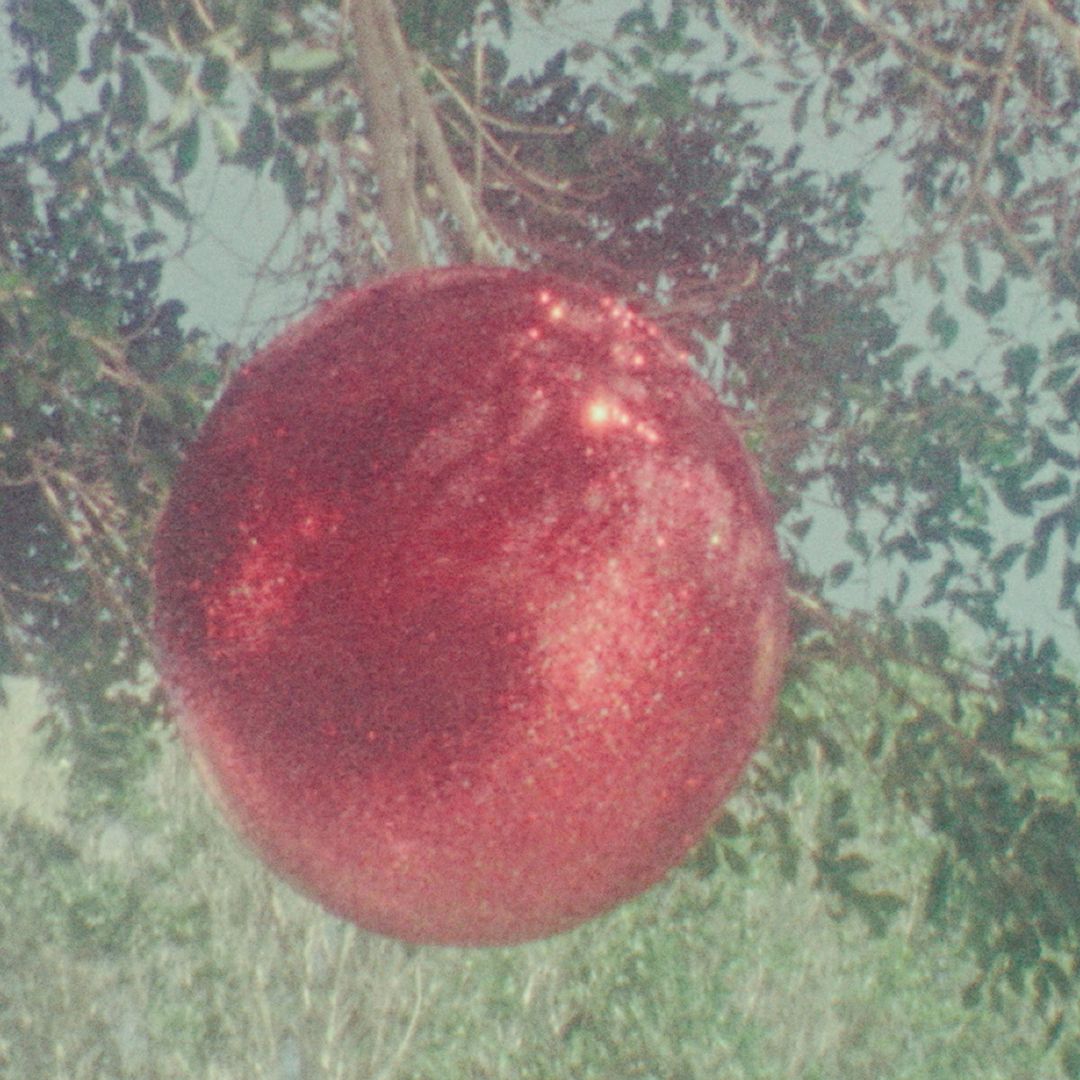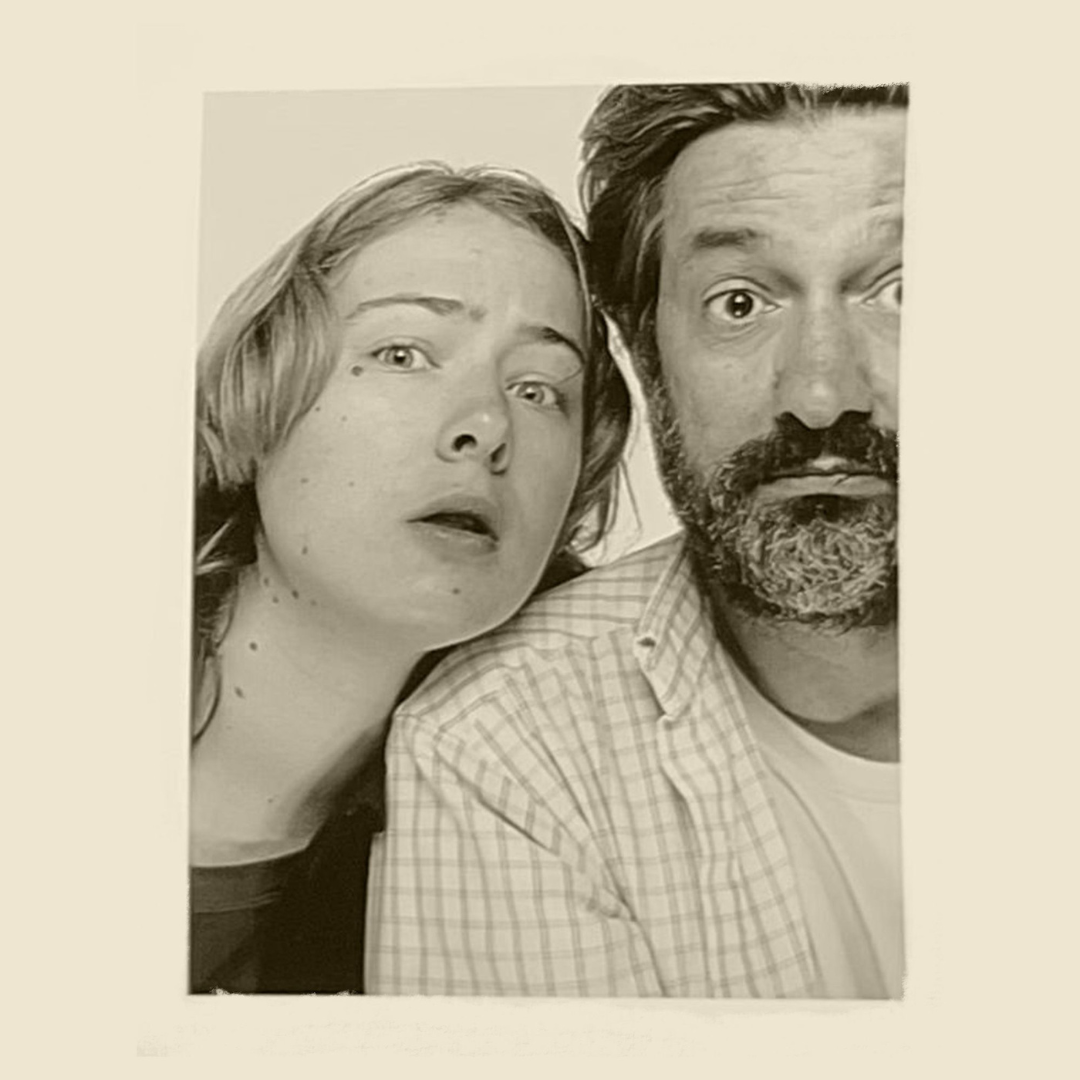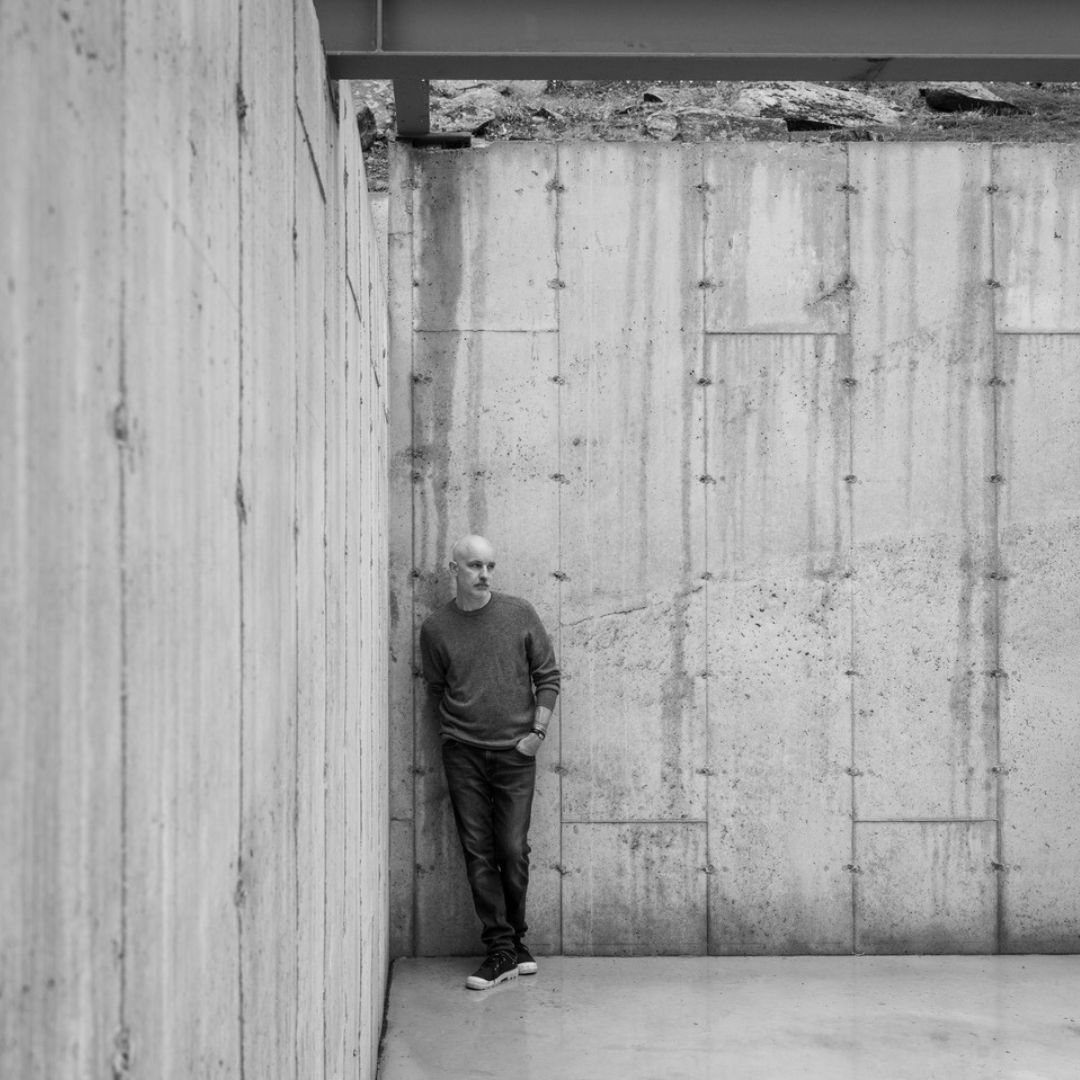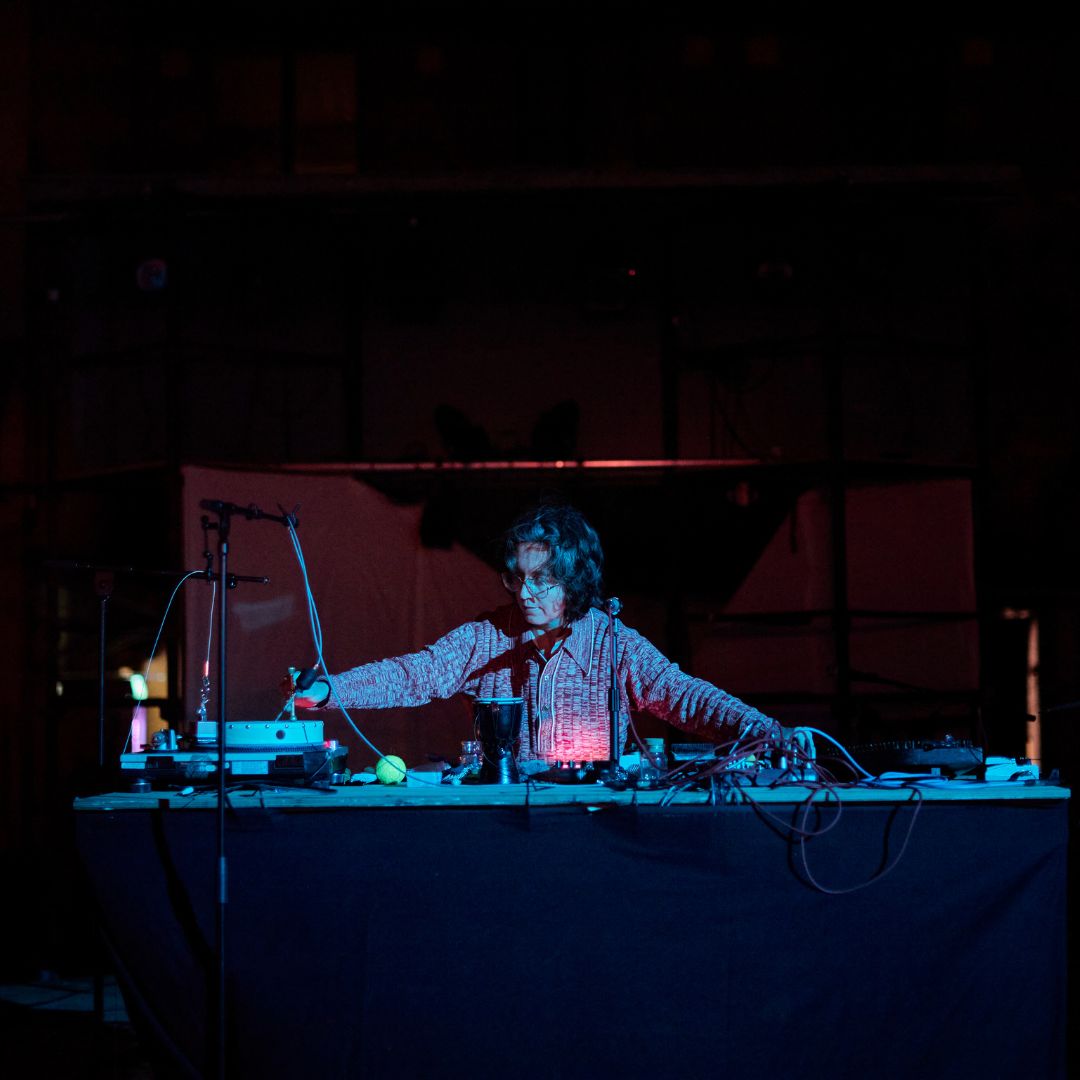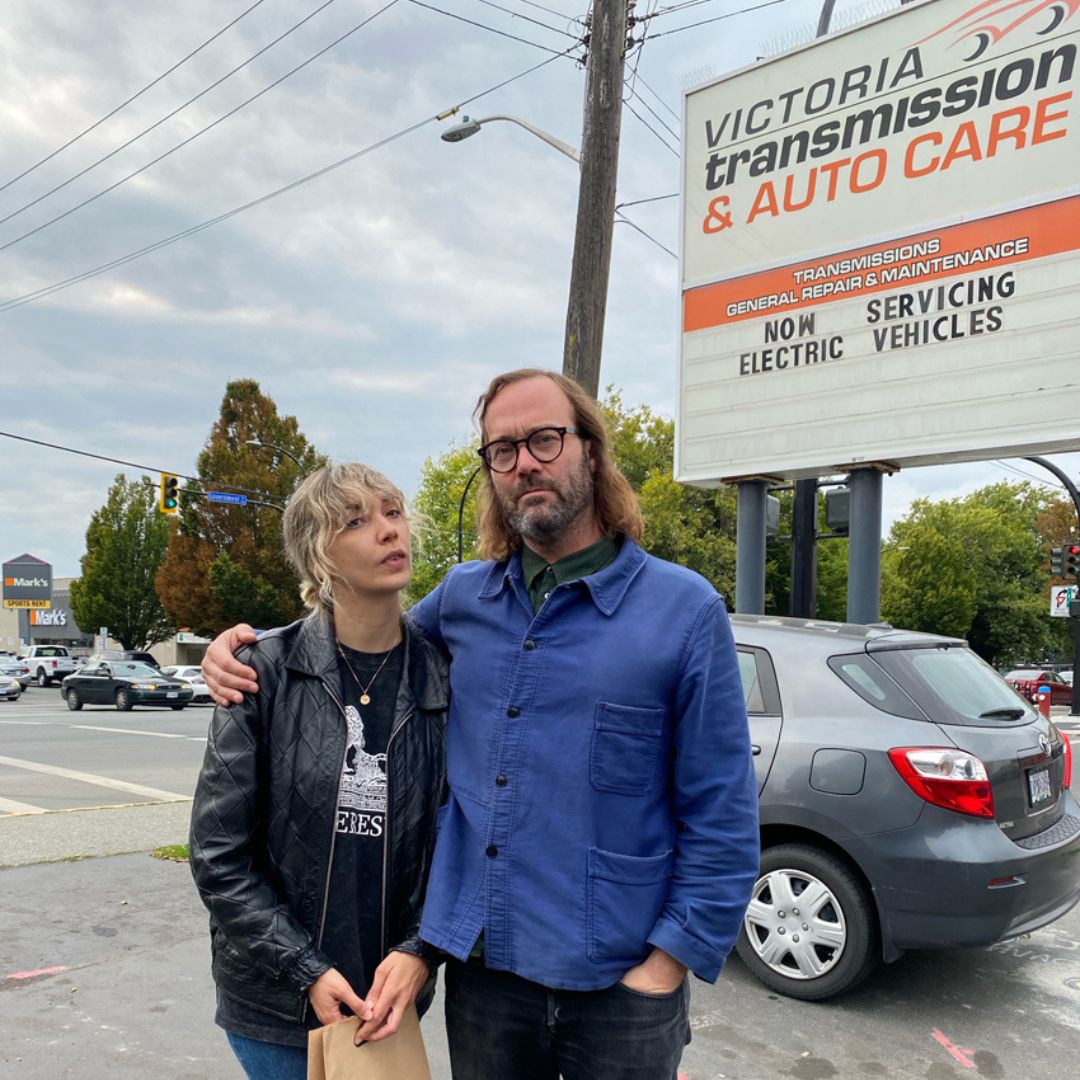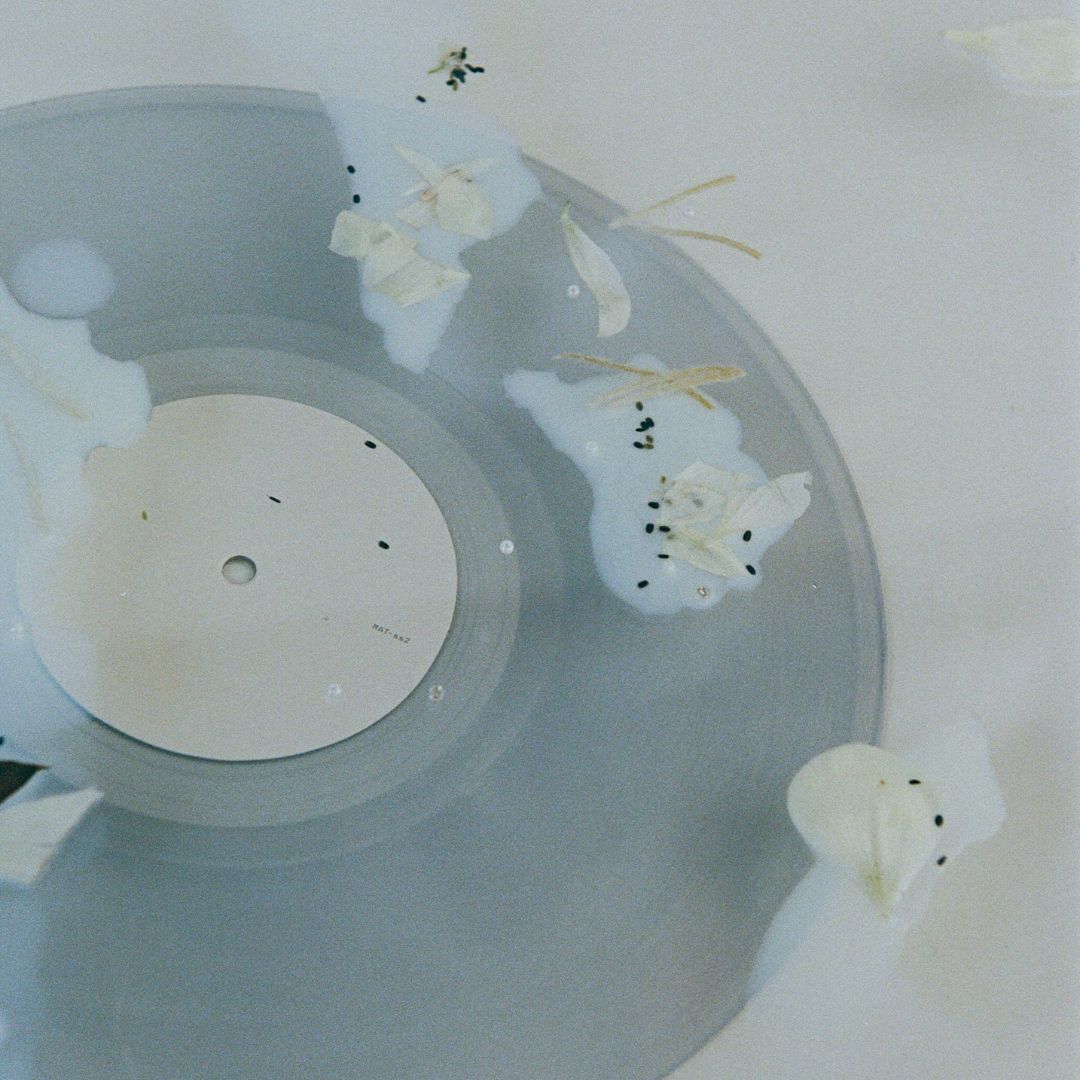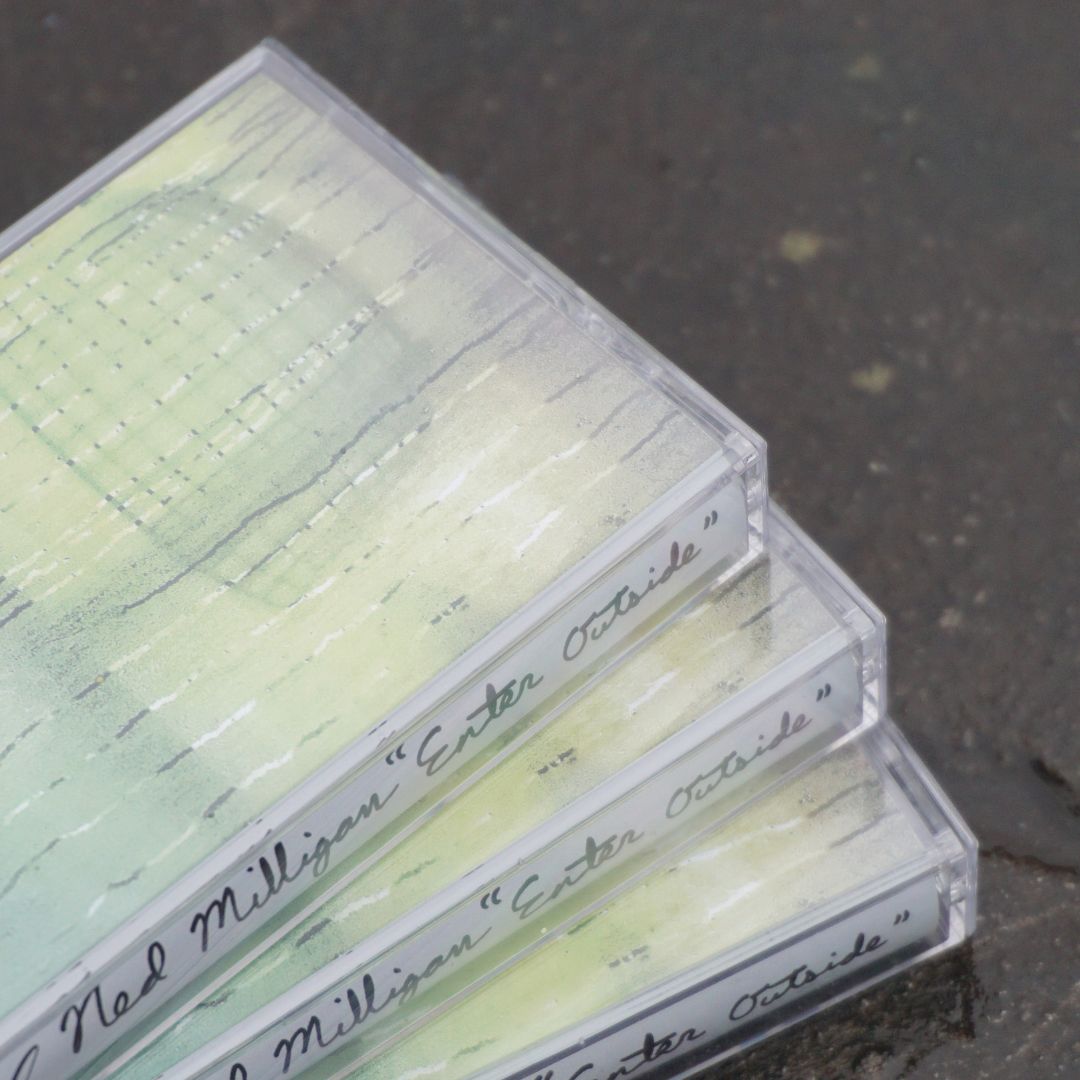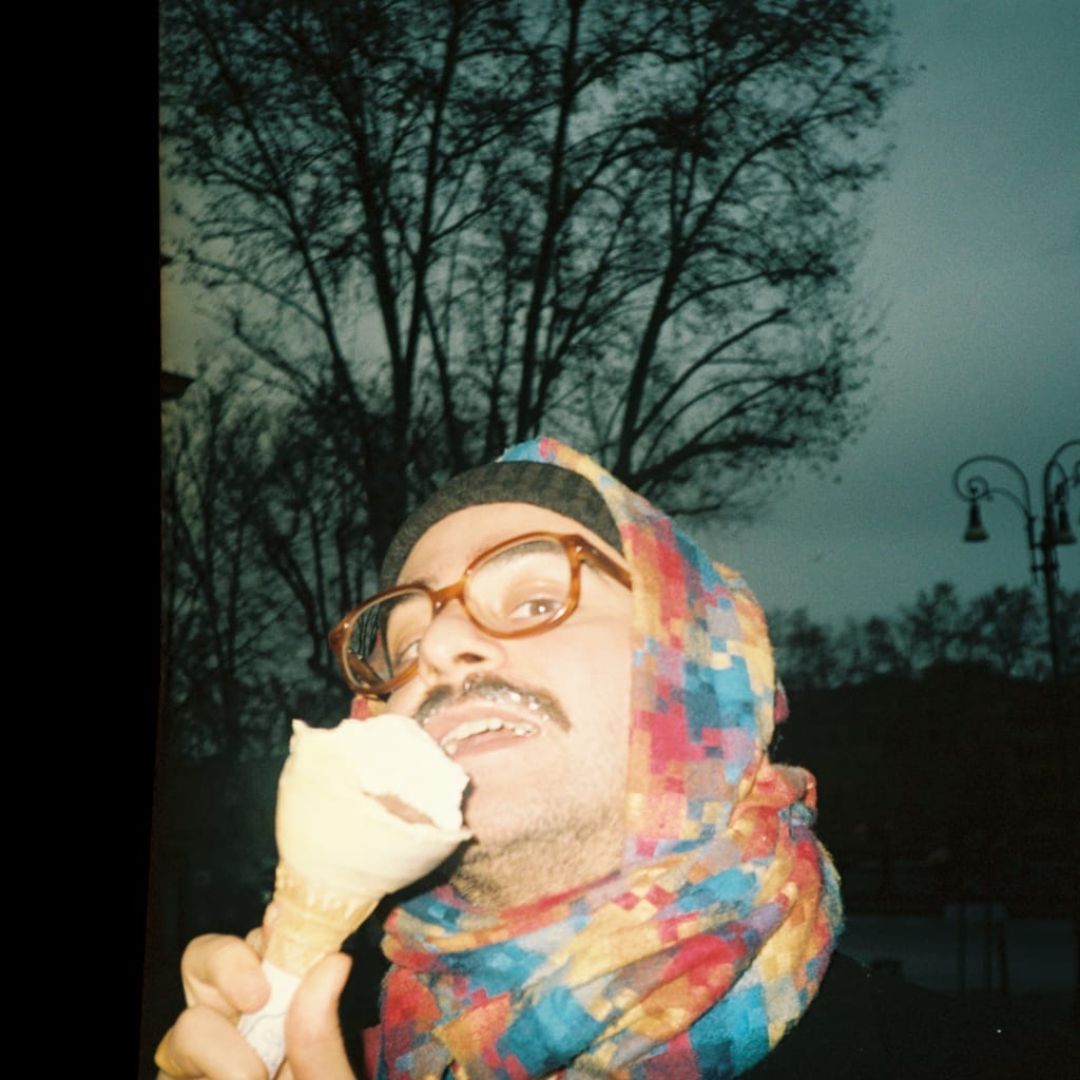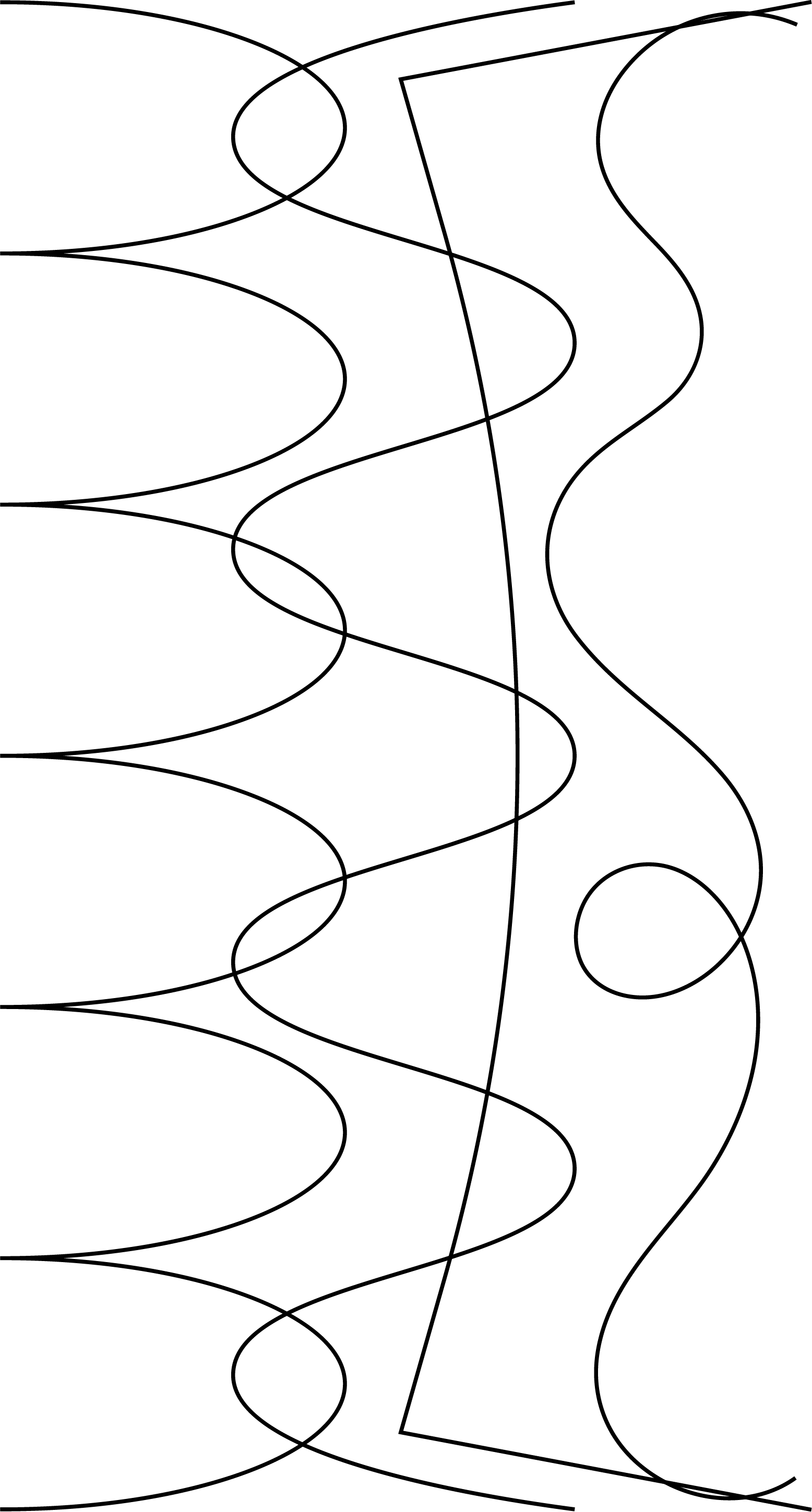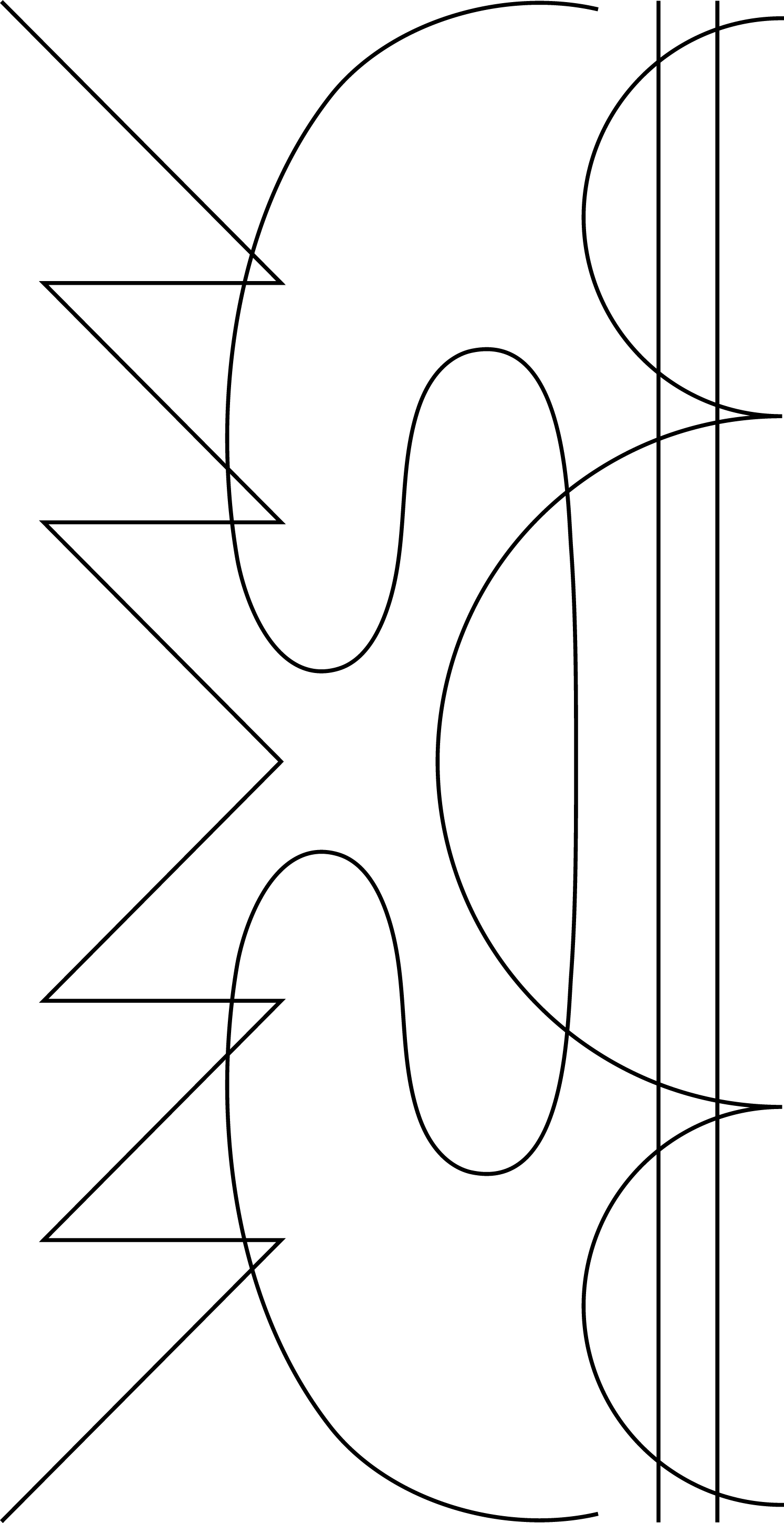reinterpreting music for a new generation with Nosedrip
Long before the rise of online multimedia radio platforms as we know it, Ziggy Devriendt, aka Nosedrip, already dabbled with an experimental radio show that combined visual art with music that falls between the cracks. It was an innovation at that time, the first of its kind in Belgium and a foretaste of what was yet to come.
Now in its fourth year, Stroom is 46 releases deep and is easily one of Belgium’s most influential labels. But Stroom is not just a Belgian success story. In fact, they’ve done a very good job in putting Belgium on the map. All credit goes to their razor sharp vision and distinct aesthetics. Whether it’s an archival compilation or a contemporary album, Stroom continues to surprise – release after release.
Ziggy recently invited us to his coastal hometown in Ostend for a casual spaghetti lunch and a visit to the Stroom studio. With absolutely no pretension and no holds barred, he shares with us his joys and frustrations of running the label and his never-ending search for oddball musical genius that continues to define what Stroom is: it means stream in Dutch and it’s an unpredictable one at that.
How would you describe the Stroom sound?
11000 Dreams by Jan Van Den Broeke comes close to defining the signature Stroom sound. You can feel from his music that it really came from within. He was making music with no audience in mind, so there was no one to please. It’s more self-expression than anything else, like shouting in an empty room. Looking back at our catalog, it’s that amateur vibe of making music that makes our releases special.
You have a knack for discovering lost projects. How do you find the artists for your releases?
It goes even further than that. A lot of the projects were never really there in the first place. Take for example, Cybe. He was hoping to be a pop music sensation with the super vague ambient music he was making. That’s really weird to me and it’s so naive if you really think about it. But maybe it’s the naivité in the music that attracts me to it.
I mostly find the artists on Facebook. It used to be quite challenging. Sometimes it took me months to even convince an artist to release a record on Stroom. But as the label grew, it got a lot easier. People know what we do now, so there’s always someone that knows someone that would fit on the label. Maybe a part of the fun is gone a bit now.
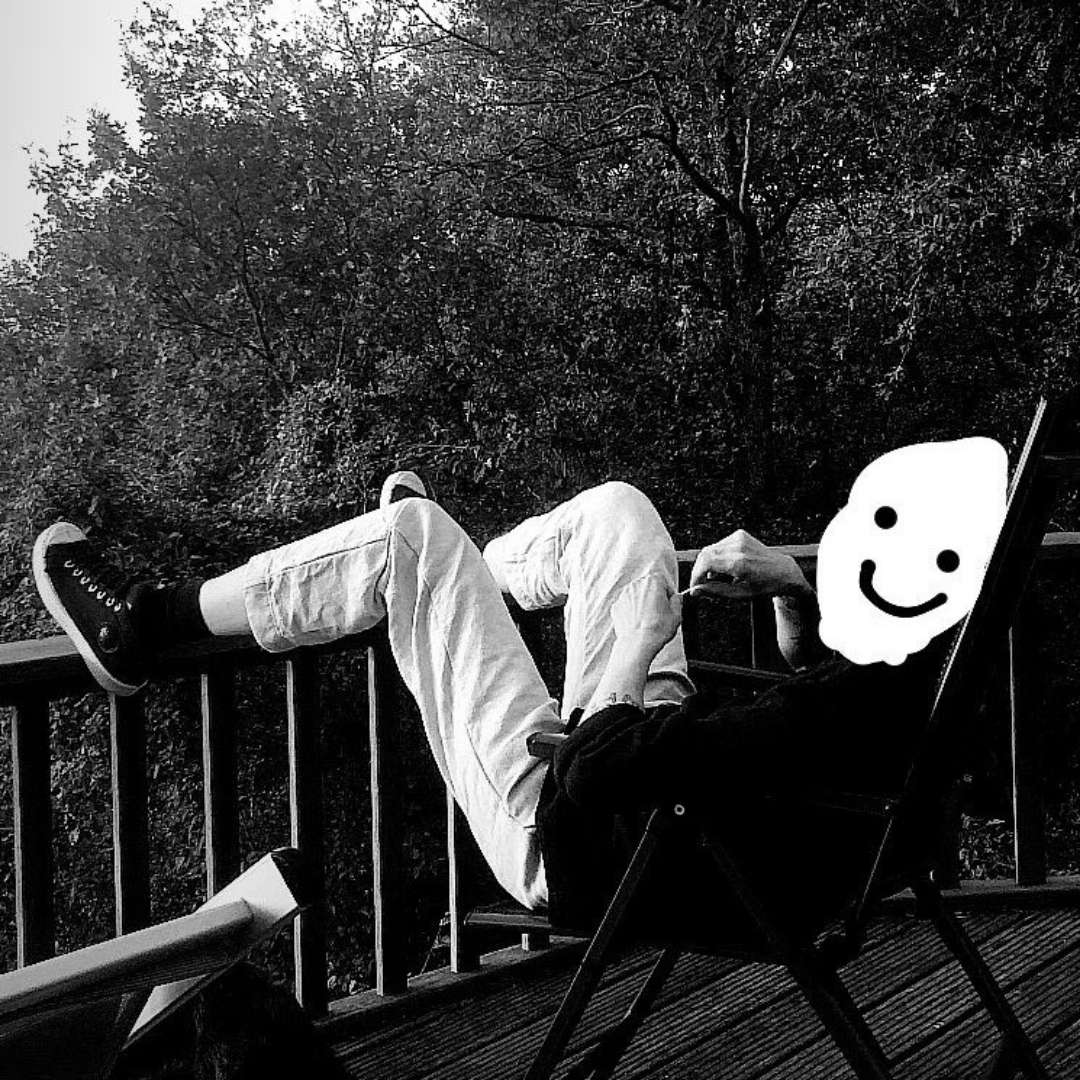
When you put out a release, do you always start with a concept in mind? How does it come about?
It all starts with sifting through the tracks in an artist’s archive and making them fit into a coherent storyline. Sometimes a concept pops up like that, but other times there’s no concept at all and then it’s just the artist’s work over a period of time which makes for the concept.
With the Jan Van Den Broeke album, there was definitely no concept. It was just music Jan made between now and the early 80s. Interestingly enough, it was the wildest combination we’ve ever done. It has recordings from 2011, but also from 1982. With Vazz, it was the same. We combined piano tracks from 2016 and post punk tracks from 1983-1984. We also did the same for Pablo’s Eye. It doesn’t sound so special now, but I think we were the first label to do something like that. We wanted to show that if music comes from deep within, it doesn’t really matter what period the music comes from. I like it when projects like that happen. I’m always extremely excited about them.
In the end, it’s always difficult to predict what release would work well. Sometimes the weirder the artist, the more the release gets picked up. Music moves in really weird ways. You have no control over it, even if you want to have some control.
When we listen to the Pablo’s Eye albums specifically, it almost feels like the music could have been made in the same year.
For you as a listener, yes, the compilations totally make sense. But you have to realize that for them it was ten years of material. They did six albums between 1989 and 1999 with each of them having its own unique concept and vibe. Imagine all of a sudden a young person like me comes along and just shakes it all up. It took quite some convincing to make that work, but I was really excited about that collaboration.
When I went through their tracks for the first time, I was really into their darker “heroine kind of vibe” music. I actually skipped a lot of tracks at first, because they sounded a bit too poppy, too sunny and too happy for my taste. When I re-listened to the tracks, I realized they were also really good, so I combined a little bit of both in my first selection. I was 99% sure that it would work, but I had 1% doubt.
When I presented it to them, they didn’t like it all. They thought the sounds were too far apart. As a compromise, we decided to do two albums. The happier sounds went onto the Spring Break album which we released in spring, while the darker sounds went to the Dark Matter album which we released in the winter.
I’m still very happy with how that turned out, but you can only pull off these things if the synergy is good. You can’t imagine how much back and forth went into the making of those records. That’s exactly the reason why those records turned out so great.
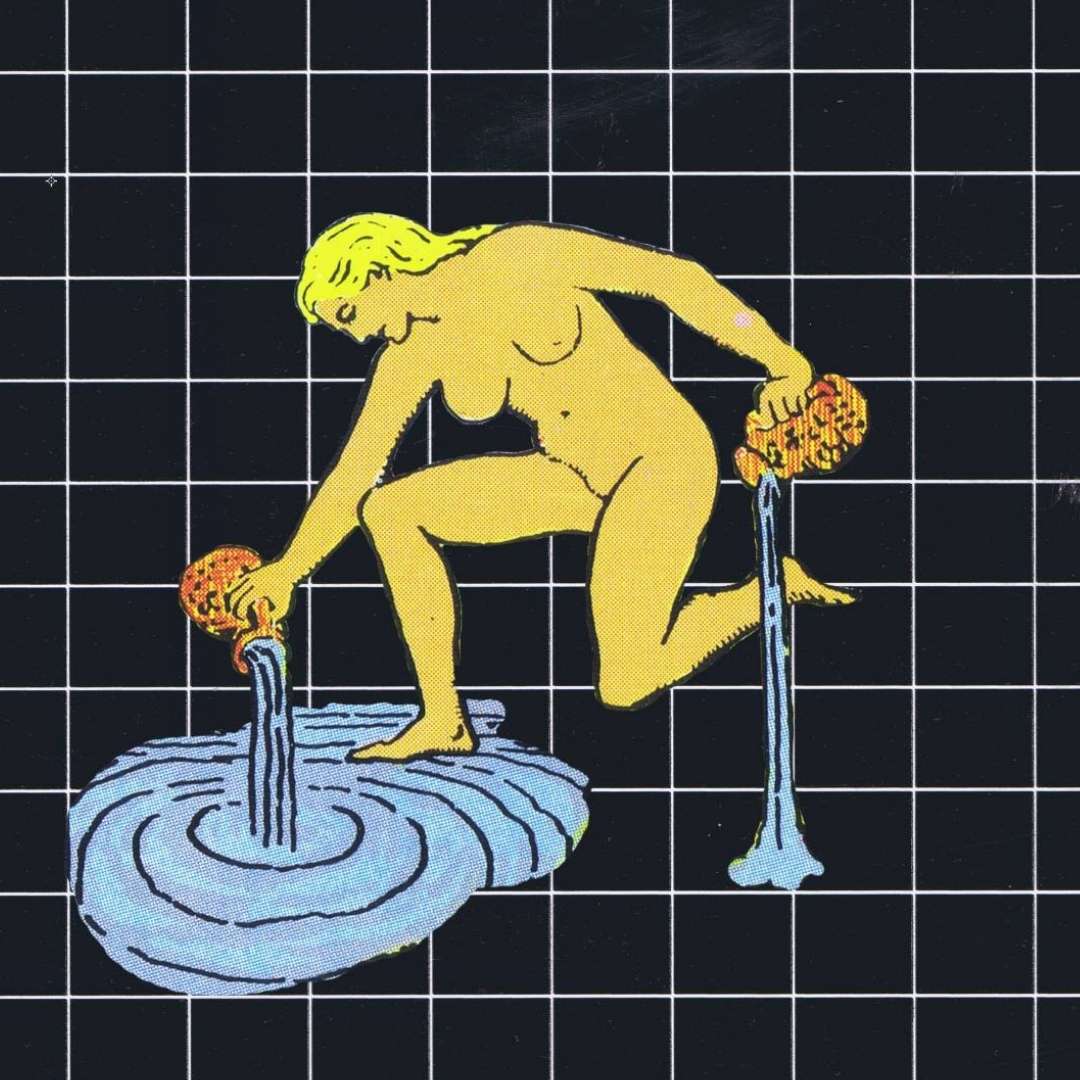
The theme of seasonality often recurs in your releases and playlists. What role do seasons play for you?
I have always been very much into the season of when something comes out, because it contextualizes a lot. For me, the best period to listen to music is between September and December. Everything just sounds different in the summer because maybe I’m just not a summer kind of guy.
Sometimes we also time our releases with the holidays. This year, we coupled a release with a Valentine’s dinner in an Italian restaurant. It was just 40 people and it made no sense, but it was really nice. It keeps it fun.
So, who’s we? Can you tell us a little bit more about who’s behind Stroom?
Stroom as a label is basically a triangle between Nana, Mathieu and myself.
Nana has been the artistic director and also co-owner of Stroom from day one. She was instrumental in defining the visual language of the radio. Nana also does all the cover designs for the label. She doesn’t want to box Stroom to a certain style, so she always approaches every release as its own unique project. Her process mostly starts by thoroughly studying the projects. From there, she either works with what’s already there or starts from scratch completely. She’s really good at giving an identity to something.
Mathieu is our sound engineer. He does all the mastering, restoration and everything in between. He is the sound technical part of Stroom. As for me, my biggest skill is that I know how a good album sounds. That’s why I’m very much involved in the building of a record. You can actually make a good album with average music, as long as you can find the storyline and the artwork that makes it work.
We all have our responsibilities and vetos towards things. For example, if Mathieu thinks it’s technically not possible to make a good record out of an artist’s archive, then the project doesn’t happen.
Aside from the three of us, we also work with frequent collaborators like Ijf who took over the radio from me back in 2015 and Victor who was our first intern. We released his first singles (Vanderschrik & Prutser) on Stroom and now we do the production of his own label Kontakt.
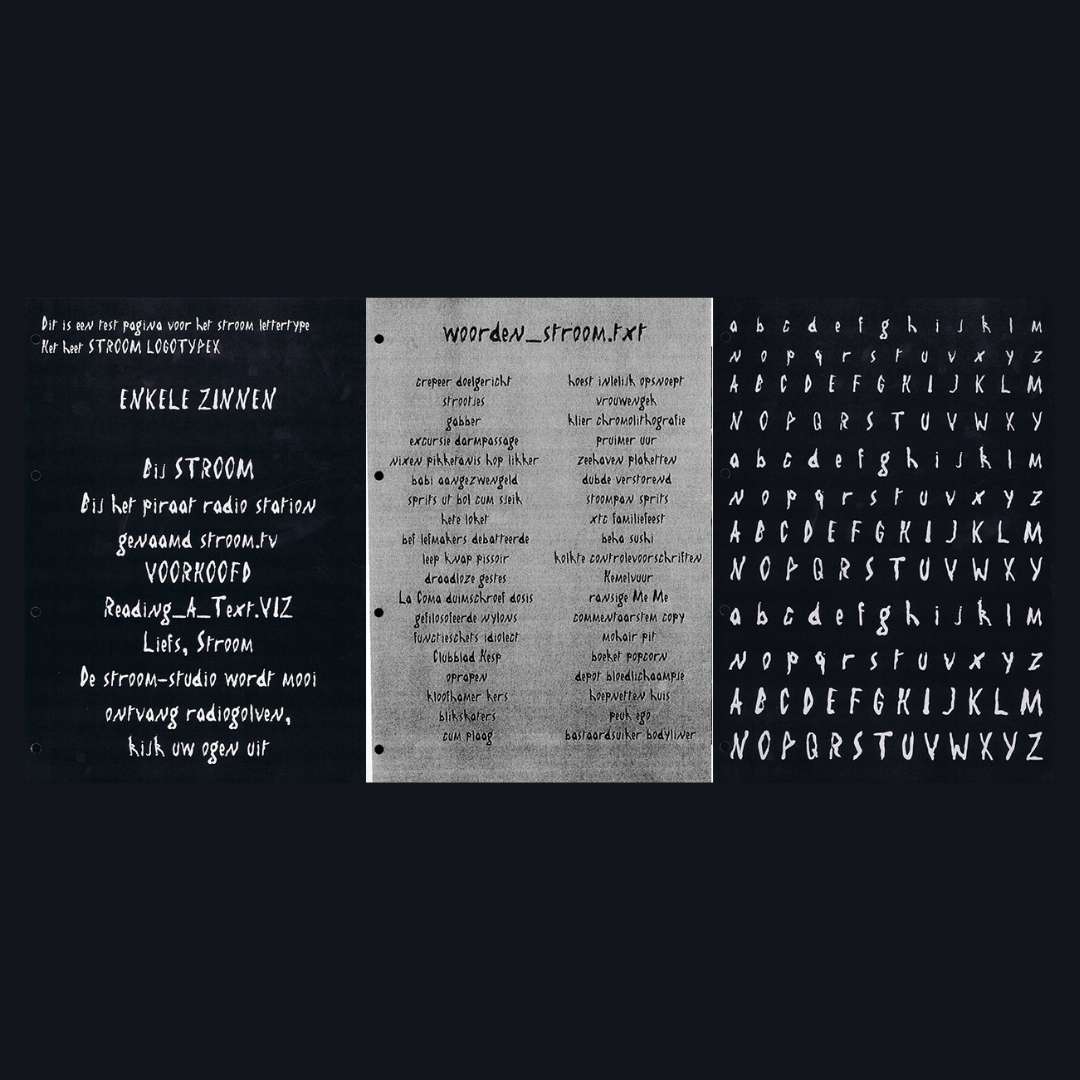
How involved are the artists in the whole process?
As a label, we know what is best for our audience. Sometimes it’s good to let an artist be involved in every stage, but sometimes it’s not so good. A lot of the times they find it really weird that young people are interested in their music that never worked in the first place. Often, that fireworks makes them overly excited and they want to do their own artwork, but then we have to remind them that their ideas are not going to work for a new generation. We are not selling music mainly to friends of their own age. It’s only a small percentage of their own age that gets it, so we need to rewrap it for a new generation, and that is the crowd we know. So, we always expect some kind of freedom in everyone’s best interest.
How much does the label feed into your DJ sets?
It’s mostly the other way around. The label is totally an extension of what I was already doing before. It’s an expression of what I like, just as I was also playing what I like. Both on my DJ sets and on the radio show. Running a label is actually like a radio show that gives back. The spirit of sharing music is still there, just with an added business angle to it. It’s sometimes less fun to think about margins and that kind of stuff, but it’s definitely a healthier and more sustainable way to support the music I like and the artists behind it as well.
Since we’re big on moods, can you share with us how your mood influences your curating process?
It’s definitely connected to my mood, for sure. I can still vividly remember the release we did when I became fully independent. It was an epic trance record from the 90s by Lhasa. The label is kind of like my diary. There’s a story connected to every release. I can look back at every album and exactly remember in what mood I was in that moment.
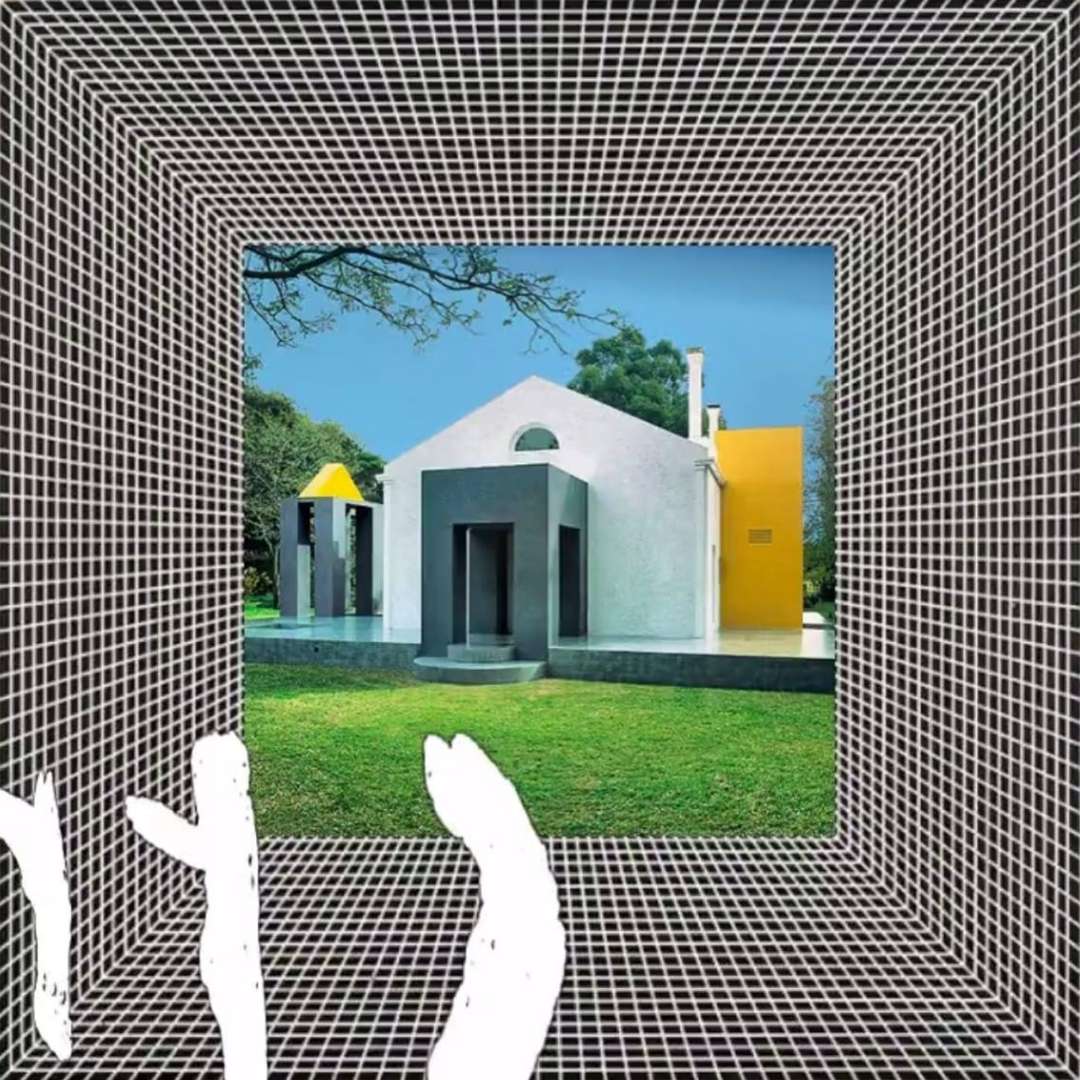
And what’s next for Stroom, Ziggy?
We’re now working on jewelry and kitchen knives together with artists who we just really want to support and work with. We’re approaching these projects just like how we work with vinyl. Each of these objects will come with a story – complete with artwork and liner notes.
Stroom is also turning 5 next year and we want to do a new age festival in the dunes here in Ostend. It won’t really be like a birthday party as you know it, but it’s mostly going to be a celebration for ourselves.
Last question. Tell us about your dream collaboration.
Hmm, maybe a boat?
Difficult question, I don’t know. But I’m definitely sure it would not involve music. If it’s a dream thing, I don’t want to say something that’s possible.
Imagine if you can build a boat, that would be funny. A building would be cool too, like what 2manydjs did with their Studio Deewee. It was actually a release on their catalog with an own number. I would definitely not do that, but imagine we find an old amazing house that would fit in the Stroom aesthetics. What if we can turn that into a museum or a gallery that people can visit? That would be cool and it would be really fun for Nana and everyone involved with Stroom too.
